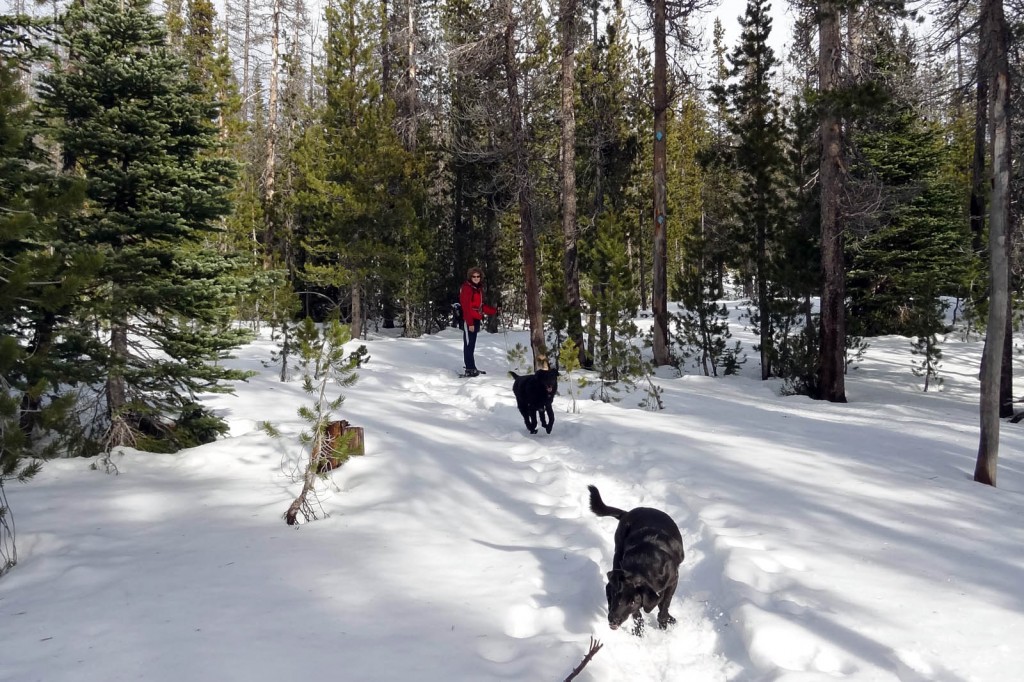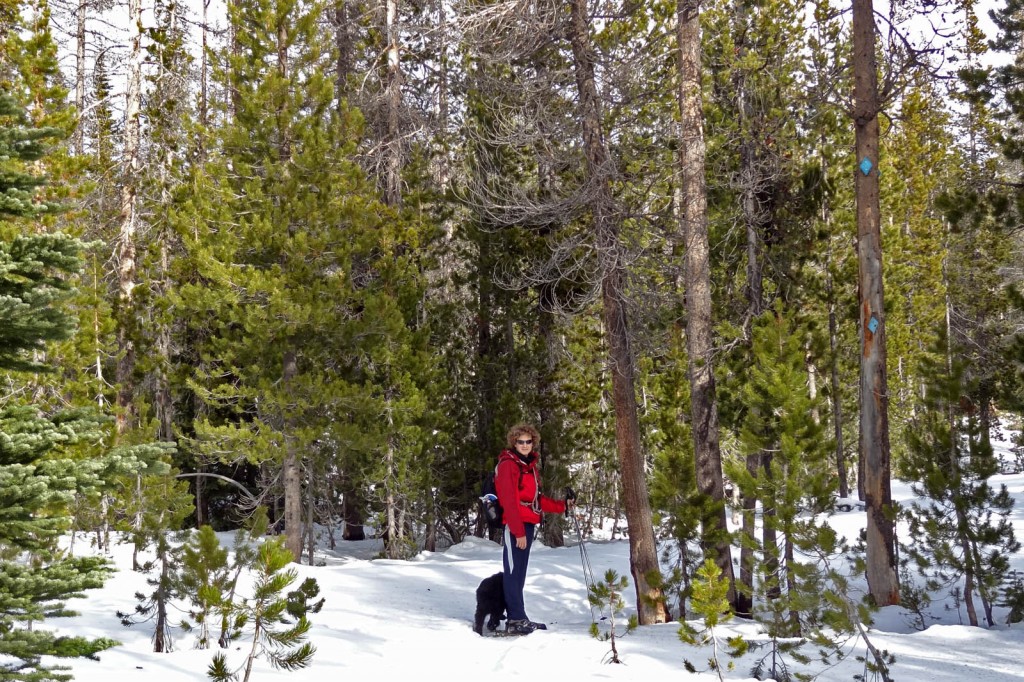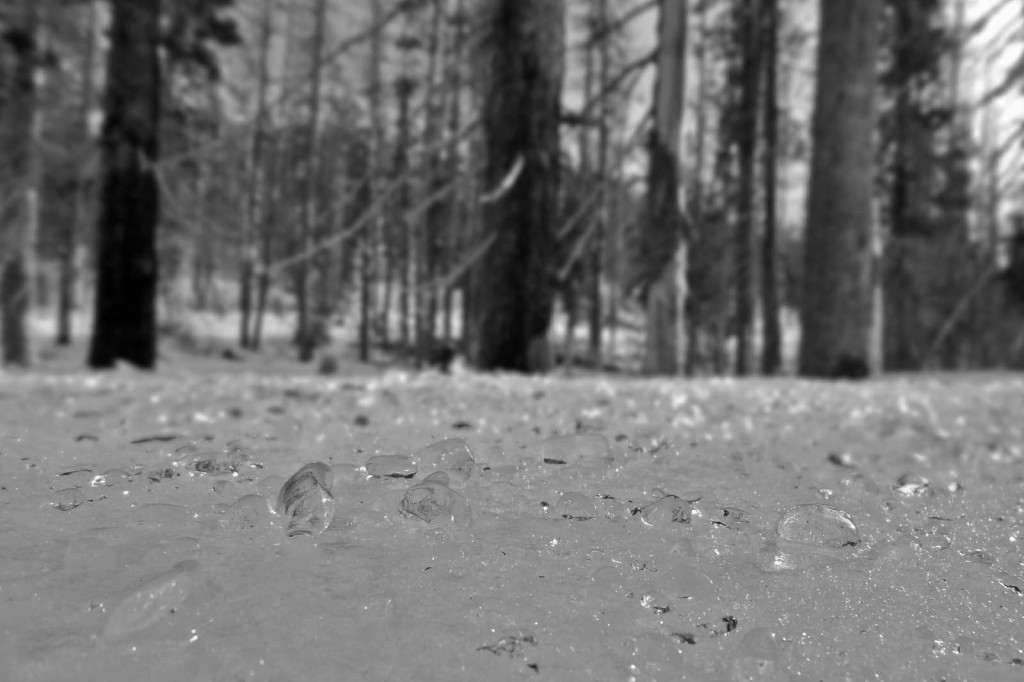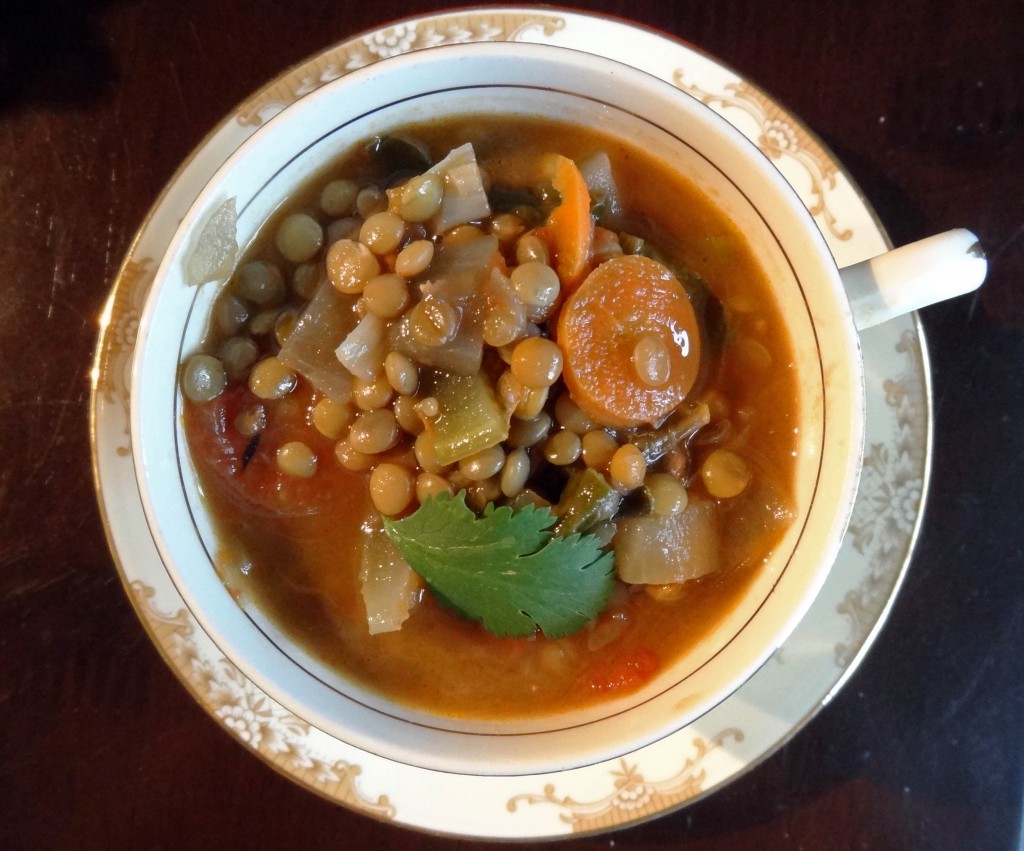I’ve spent the previous month working on a research paper for my yoga teacher training and it was pretty tedious. I love learning, but it was taking up all of my spare time….to the point where I wasn’t even practicing yoga as much as normally would. Well, it is finally finished…and I have my freedom back. I wrote my paper on yoga and the immune system, specifically how to affects an under active immune system. I am by no means an expert on the topic, but I thought I could atleast post what I found and the resources I used.
Throughout my life I’ve always had problems with getting colds and upper respiratory infections, but I’ve noticed that when yoga is a part of my daily routine I am generally healthier, less likely to succumb to illness and less stressed out. So I’ve been curious as to whether my general wellness has been coincidence or related to my yoga practice. Much of the research on yoga and the immune system has been based on questionnaires instead of scientific evidence. Recently, more research has been done analyzing mono nuclear blood cells (MNBCs), RNA and genome analysis, but the studies have just begun. In 2013 Harvard University began a two-year study on the effects of yoga and meditation and I look forward to their results. In assembling my research I broke the yogic lifestyle down into its main components: asana, pranayama, meditation and diet and how each of these aspects relates to the function of the immune system.
Overview of the Immune System
We will begin our exploration of yoga and the immune system by reviewing the components of the immune system. The chief organs and tissues of the immune system are the bone marrow, spleen, thymus, tonsils, Peyer’s patches, Appendix, the lymphatic nodes and vessels and the blood capillaries. In addition to these organs and tissues, the body has an auxiliary immune system that helps the body combat invading microbes. According to Steve Parker, author of The Human Body Book (2013), the auxiliary immune system consists of the lacrimal glands of the eye, the mouth and throat (production of mucus and antibacterial saliva), the respiratory tract from nose to lungs (mucus and cilia help trap and remove foreign particles and microbes), the stomach, intestines and genitourinary tract (acids, enzymes and “friendly” bacteria eliminate ingested microbes) and the skin (the body’s first line of defense against invading organisms).
Where do immune cells come from? Immune system cells, lymphocytes and phagocytes develop from stem cells within the bone marrow in a process known as lymphopoeisis. The lymphocytes are differentiated into either B cells or T cells. B cells mature within the bone marrow and make gamma globulins, protein antibodies that act on antigens (foreign proteins). The thymus, located in the mediastinum, produces 5 types of T-cells in a process called T-cell education. The 5 T-cells created are:
1) Memory cells
2) Lymphokine-producing cells (Lymphokines are proteins that are toxic to microbes)
3) Cytotoxic T cells (Killer Cells)
4) Helper T cells
5) Suppressor T cells (Anatomy & Physiology Made Easy, 157)
The thymus is largest and most active in infancy and childhood; beginning in the teenage years the thymus decreases in activity and function as the stroma cells are replaced with adipose tissue. Although the thymus continues to decrease in productivity, the process of lymphopoeisis continues throughout adulthood.
The body has two types of immune responses: non-specific and specific and they can occur simultaneously. A non-specific immune response is a reaction to any kind of bodily damage (ex. burn) or to the presence of microbes or parasites. In a non-specific reaction, white blood cells flood the damaged area and destroy invading microbes. The main type of non-specific immune response is inflammation. There are two types of specific immune response the first is cell-mediated, which begins when T-cells recognize foreign antigens. Once the antigen is recognized, T cells rapidly multiply and enlists the help of B cells to initiate an antibody response and macrophages to destroy foreign microorganisms. The second type of specific response is antibody-mediated. When B cells recognize antigens (foreign proteins) they rapidly multiply with some of the B cells developing into antibody producing plasma cells. The antibodies attach to a microbe’s antigen sites, marking the microbe for destruction by a process known as phagocytosis, in which the microbe is engulfed and destroyed by a phagocyte (ex. a macrophage).
Not only do immune cells circulate throughout the blood system, they also circulate through the lymphatic system. The lymphatic system is comprised of lymphatic vessels and lymph nodes or glands. The lymphatic vessels gather lymph from the interstitial fluid between cells, and through a system of capillaries, lymphatics and one way valves the lymph fluid is moved toward the lymph nodes. The lymph nodes hold an important position within the immune system. The lymph nodes drain lymph fluid from nearly all of the tissues in the body. Within the lymph nodes lymphocytes are produced, stored and readied for an immune response. The immune response within the lymph nodes is capable of filtering and cleansing the lymph through a process in which macrophages engulf dangerous microbes and debris. The filtered lymph is then circulated out of the lymph nodes into the thoracic duct and into the blood stream at the right and left subclavian veins.
A healthy immune system can eliminate viruses, bacteria and cancerous cells from the body. General tips to maintain a healthy, balanced immune system generally consist of stress management and proper rest, diet, and exercise. Can a complete, balanced yoga practice boost the body’s immune system?
Yogic Diet and the Immune System
The old saying, “You are what you eat” is a friendly reminder to eat healthy, whole foods that will encourage health and wellbeing. According to the Yoga Sutras of Patanjali the yogic diet is one that doesn’t add toxins to the body and it is “free of meat, fish, eggs, stimulants and excessive spice” (Satchidananda, 144). The reason for such a diet is to allow the body to sit in meditation without the interruption and discomfort of “pain, stiffness, bile, gas, etc.” (Satchidananda, 144). The yogic diet, avoids rajasic foods (ex. stimulants, heavily spiced and salty foods, and refined sugars) which can lead to overactivity and tamasic foods (ex. meat, eggs, drugs and alcohol) which can lead to lethargy, in favor of sattvic foods, which are pure, whole foods that provide the body with easily digested essential nutrients, maximum energy, vitality, strength and endurance (Yoga Mind and Body, 129).
A diet high in healthy, whole vegetables and fruits, like the yogic diet, provides the body with necessary nutrients, like phytochemicals, vitamins and minerals, for optimal function. According to Dr. Joel Fuhrman, “A phytochemically deficient diet is largely responsible for a weak immune system. Populations with a much higher intake of vegetables have much lower rates of cancer, and the longest-living populations throughout history have been those with the highest intake of vegetables in the diet (Fuhrman, 19).” Plants rich in phytochemicals are usually characterized by black, blue, red, green, and orange colors and are rich in not only vitamins, minerals and antioxidants, but also phytochemicals like carotenoids, flavanoids, polyphenols and many more micronutrients. Dr. Fuhrman also states that green vegetables have the most immune-supporting micronutrients and that diets high in raw, green vegetables are associated with a reduced risk of cancer (Fuhrman, 26). One study in Vietnam, found that children with a micronutrient rich diet had a lower rate of respiratory illness than the children in the control group, who were on a rice based diet (Fuhrman, 32). It is also shown that micronutrients like lutein, lycopene, folate, bioflavanoids, riboflavin, zinc, and selenium have immune-modulating functions (Fuhrman, 33). Recent studies have shown that the nutritional health of the host affects the genetic sequence of invading pathogens (Fuhrman, 34). Isothiocyanates, found in cruciferous vegetables, “have been shown to increase the immune system’s cell-killing capacity and heighten the resistance to viral infection” (Fuhrman, 65). Mushrooms, berries and pomegranates also contribute to immune function.
The yogic diet utilizes nuts, seeds and lentils as the main sources of protein and fat. Flax seeds, sunflower seeds, pumpkin seeds and sesame seeds are excellent sources of vital nutrients necessary for a healthy body and immune system. Seeds provide a range of nutrients from omega-3s to vitamin E, calcium and zinc. Zinc (15 mg/day) supports antibody-mediated and cell-mediated immunity, and therefore can help fight off infections and cancer. Dr. Fuhrman concluded, through utilizing Cochrane meta-analysis, that zinc supplements help reduce both cold symptoms and the length of infection (102). Fat is also an important part of a healthy diet. Healthy fats enhance the absorption of fat-soluble vitamins and phytonutrients.
The yogic diet avoids both caffeine and alcohol, both of which suppress the immune system. Caffeine stimulates the sympathetic nervous system, which is responsible for the fight-or-flight response and increased stress hormones. “Caffeine stresses the adrenals, the glands that sit on top of the kidneys and support the body’s immunity and energy” (Guthrie, Yoga Journal). “A 2006 study published in “Pharmacology, Biochemistry, and Behavior” found that men and women given large amounts of caffeine, three 250-milligram doses, experienced the release of higher levels of the stress hormone cortisol in response to physical and mental stress (Daniels, 2014).” Elevated cortisol levels are known to decrease the ability of your immune system to fight infections (Daniels, 2014).” Numerous studies have been done on the effects of alcohol on the immune system. While having a glass of wine or a beer may enhance immune function by increasing circulating lymphocytes, leukocytes, neutrophils, and basophils (Zabriskie). “Investigators suggest that excessive alcohol exposure weakens host defenses by impairing function of T and B lymphocytes, natural killer cells and monocytes and macrophages, decreasing the inflammatory response, altering cytokine production and causing abnormal reactive oxygen intermediate generation (Zabriskie)” the affects of binge drinking may last for up to 24 hours after the consumption of alcohol. Excessive consumption of alcohol causes liver cells to swell with fat, which can lead to alcoholic hepatitis when the liver floods with leucocytes (white blood cells) and becomes inflamed. Even moderate alcohol consumption suppresses the immune system for up to 16 hours by decreasing monocyte function and the circulation of cytokines (Zabriskie). The yogic diet, rich in vegetables and fruit and lacking alcohol and caffeine, allows the immune system to function optimally and brings balance to the body and mind.
Meditation and the Immune System
There are a handful of studies about the benefits of meditation on the body and mind, but unfortunately there aren’t too many on its effects on the immune system (although there are quite a few on its effects on cancer). “One study found that people who attended an eight-week mindfulness meditation class (a three-hour class once a week, plus daily meditation for an hour) ended up with stronger immune systems than those people who didn’t meditate” (Guthrie, yoga journal). When practicing meditation, you release stressful thoughts and emotions and create a more positive mental, emotional, physical state, which increases oxygen and blood flow and general well-being, including thoughts of compassion, love and contentment. According to Doc Lew Childre, “the emotions of happiness and joy have been scientifically demonstrated to increase the presence of white blood cells and the levels of antibody immunoglobulin A, both of which are fundamental to the immune response (Childre, 48-53).” A University of Wisconsin study lead by Dr. Richard Davidson found that practicing mindfulness meditation increased the activation of the left frontal portion of the brain, the area associated with lower anxiety and a more positive outlook. Dr. Davidson and his team of researchers also found that a practice in mindfulness meditation increased levels of antibodies circulating in the blood in response to the study administered flu vaccine. Harvard University began a two-year study in 2013 studying the practice of kundalini yoga and meditation and their affects on gene expression, particularly the genes that regulate stress and immune function. I am looking forward to seeing the results from the Harvard University study. I also think that the Harvard study might spark interest from other researchers in the fields of immunology and integrative medicine.
Asanas and the Immune System
Asanas, inversions in particular, are great for increasing the circulation of lymph throughout the body. Lymph is affected by gravity; therefore by lowering the head below the heart the lymph is able to flow into the “respiratory organs where germs often enter the body. When [the body] returns to an upright position, gravity drains the lymph, sending it through [the] lymph nodes for cleansing” (White, Yoga Journal). According to Timothy McCall, author of Yoga as Medicine, “when you contract and stretch muscles, move organs around, and come in and out of yoga postures, lymph flow improves and with it lymphatic system function (McCall, 37).” Heart openers like Bridge Pose, Cobra Pose, and Camel Pose may also increase circulation to the thymus, the immunity powerhouse where disease fighting T-cells are created (Guthrie, Yoga Journal).
According to BKS Iyengar the following series of asanas can strengthen a low immune system. This series, done in a restorative fashion utilizes props, such as: bolsters, blocks, straps, rolled towels, and chairs. By supporting the neck, chest and head with the use of props the body is able to relax and the lymph can move freely.
1) Setubandha Sarvangasana (Bridge Pose)
2) Supta Baddhakonasana (Reclining Bound Angle Posture [Cobbler’s Pose])
3) Supta Virasana (Reclining Hero Pose)
4) Setubandha Sarvangasana (Bridge Pose)
5) Adho Mukha Svanasana (Downward Facing Dog Pose)
6) Salamba Sirsasana (Headstand)
7) Viparita Dandasana (Inverted Staff Pose)
8) Salamba Sarvangasana (Shoulderstand)
9) Halasana (Plough Pose)
10) Setubandha Sarvangasana (Bridge Pose)
11) Viparita Karani (Inverted Lake Pose [Legs up the Wall with/hips on a bolster])
12) Savasana (Corpse Pose with torso propped up on bolster and head propped up slightly higher)
13) Ujjayi Pranayama (in Corpse Pose)
14) Viloma 2 Pranayama (2 second pause after each exhale)(in Corpse Pose)
(Iyengar, 286)
Dr. Paul Martin states that, “moderate exercise elicits phagocytic activity in white blood cells” and “decreases biological reactivity to stressors” (Martin, 247-248). He also makes the case that extreme exercise increases stress, which decreases our immune system’s ability to function (Martin, 248-249). For example, intense exercise may create “a drop in two main classes of antibodies (IgA and IgM), a decline in the number and responsiveness of circulating lymphocytes and a drop in natural killer cell activity” (Martin, 249). As yoga practitioners it is important to practice ahimsa on ourselves and to remember to gently challenge ourselves without overdoing it.
Pranayama and the Immune System
There are many benefits to the practice of pranayama; beyond calming the mind and soothing the nerves, pranayama benefits the respiratory and digestive systems, which support the immune system. The practice of Ujjayi Pranayama, according to B.K.S. Iyengar “aerates the lungs, removes phlegm, [and] gives endurance (Iyengar, Light on Yoga, 443).” Surya Bhedana, a pranayama practice of inhaling through the right nostril and exhaling through the left nostril “increases digestive power, soothes and invigorates the nerves, and cleans the sinuses (Iyengar, Light on Yoga, 445).” Iyengar also teaches that, “Both Bhastrika and Kapalabhati activate and invigorate the liver, spleen, pancreas, and abdominal muscles. Thus the digestion is improved, the sinuses are drained, the eyes feel cool and one has a general sense of exhilaration (Iyengar, Light on Yoga, 450).” One other pranayama practice that may boost the immune system is called Sitali Pranayama, Sitali is a cooling pranayama in which the mouth forms an O and the tongue curls up on the outer edges, the inhale is through the tongue and mouth and the exhale is through the nose, using Ujjayi technique. This method of pranayama is “beneficial in cases of low fever and biliousness (Iyengar, Light on Yoga 452)” and “activates the liver and spleen (Iyengar, Light on Yoga, 452).” By calming the mind and soothing the nerves, a strong practice in pranayama can reduce stress and its associated hormones, thereby allowing the body to utilize its energy optimally. Pranayama’s ability to cleanse the sinuses, drain mucus, and activate the spleen brings balance to the immune system and boosts the immune systems ability to recognize and remove foreign microbes and damaged or infected cells.
Yogis have been applying yogic principles and practices to live healthy, fulfilling lives for centuries; and modern medicine is just now realizing the benefits of a full yogic practice, one that includes asana, pranayama, meditation and proper diet. One small study conducted by the University of Oslo found that a practice in yoga, pranayama, and meditation (Sudarshan Kriya and Related Practices) had a “rapid and significantly greater effect on gene expression in PBMCs compared with the control regimen” (Qu S., 2013) of walking followed by listening to relaxing music. PBMCs are peripheral blood mononuclear cells like lymphocytes, macrophages and monocytes that function as the body’s main line of defense against invading organisms. With each scientific study being conducted on the practice of yoga scientists are finding multiple health benefits. Western medical practitioners are realizing the benefits of yoga as a method to reduce stress, boost the immune system, and heal the human body.
Bibliography
(2005). Anatomy & Physiology Made Incredibly Easy! (Incredibly Easy! Series®) . Ambler, PA: Lippincott Williams & Wilkins
. Ambler, PA: Lippincott Williams & Wilkins
Childre, D. L. (1994). Freeze-Frame . Boulder Creek, CA: Planetary Publications.
. Boulder Creek, CA: Planetary Publications.
Cruikshank, T. (2010). Optimal Health for a Vibrant Life: A 30-Day Program to Detoxify and Replenish Body and Mind . Portland, OR: Pamela Pfiffner, P3XPDX.
. Portland, OR: Pamela Pfiffner, P3XPDX.
Daniels, C. (2014). How Caffeine Affects the Immune System. http://www.livestrong.com/article/507741-how-caffeine-affects-the-immune-system/
Guthrie, K. Immunity Boost. http://www.yogajournal.com/lifestyle/2808
Iyengar, B.K.S. (1979). Light on Yoga: Yoga Dipika . New York, NY: Schoken Books.
. New York, NY: Schoken Books.
Iyengar, B.K.S. (2001). Yoga: The Path To Holistic Health . London, UK: Dorling Kindersley Limited.
. London, UK: Dorling Kindersley Limited.
Kitamura, M. Harvard Yoga Students Find Proof Of Meditation Benefits. http://yoganonymous.com/research-harvard-yoga-students-find-proof-of-meditation-benefit/
Martin, P. (1997). The Healing Mind: The Vital Links Between Brain and Behavior, Immunity and Disease . New York, NY: St. Martins Griffin.
. New York, NY: St. Martins Griffin.
McCall, T. (2007). Yoga as Medicine: The Yogic Prescription for Health and Healing . New York, NY: Bantam Books.
. New York, NY: Bantam Books.
Parker, S. (2013). The Human Body Book (Second Edition) . New York, NY: DK Publishing.
. New York, NY: DK Publishing.
Satchidananda, S.S. (2012). The Yoga Sutras of Patanjali . Buckingham, VA: Integral Yoga Publications, Satchidananda Ashram-Yogaville.
. Buckingham, VA: Integral Yoga Publications, Satchidananda Ashram-Yogaville.
University Of Wisconsin-Madison. (2003, February 4). University Of Wisconsin Study Reports Sustained Changes In Brain And Immune Function After Meditation. ScienceDaily. Retrieved February 5, 2014 from www.sciencedaily.com/releases/2003/02/030204074125.htm
Qu S, Olafsrud SM, Meza-Zepeda LA, Saatcioglu F (2013) Rapid Gene Expression Changes in Peripheral Blood Lymphocytes upon Practice of a Comprehensive Yoga Program. PLoS ONE 8(4): e61910. doi:10.1371/journal.pone.0061910
Winter, E. & Little, T. Immunity Boost. http://www.yogajournal.com/practice/2695
(2008). Yoga Mind and Body . London, UK. Dorling Kindersley Limited
. London, UK. Dorling Kindersley Limited
Zabriskie, N. Four Factors That Sabotage a Healthy Immune System. http://www.vrp.com/immune-system/immune-system/four-factors-that-sabotage-a-healthy-immune-system

by Ellen Morris Bishop is indispensable. It’s one of our go to guides for Oregon.















